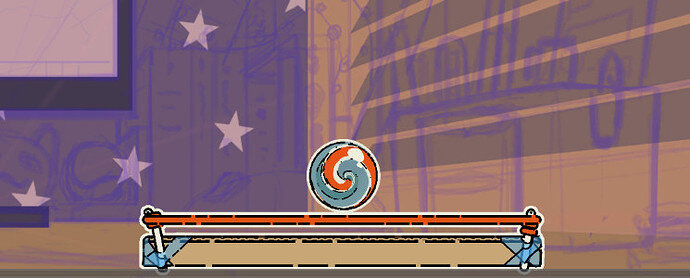Hello all! Nice to meet you. Really loving the course so far, put it away for a little while but now I’m back.
For context I’m an artist in the industry by trade but I wanted to learn to code to make my own games.
At the moment I’m doing the 2D course, working on the block breaker project. I always like adding my own twist to things so I’m making the block breaker all about marbles. It’s all fun so far, my only problem is that once the ball hits a surface I do want it to spin, so I need friction (or a way to add that rotation back without friction). The balls have custom designs and it’s nice to see them spin, they also have a shine overlay that doesn’t spin making them look more realistic (or at least more believable). Here’s my ball and paddle example so it would be easier to visualise (the background is still a sketch please ignore that haha):
Once I add the friction the ball does start slowing down, of course. I thought I’d work around this by also adding a 2d physics material to the paddle with 0 friction but 1.1 bouncyness, so only when the ball hits the battle the speed would increase, but decrease everywhere else. This kind of works unless the ball hits the paddle too many times in a row in which case it starts going too fast and breaks physics.
Would anyone know of a way to add a speed limit to the ball? Or perhaps add the ball rotation back in without the friction?



